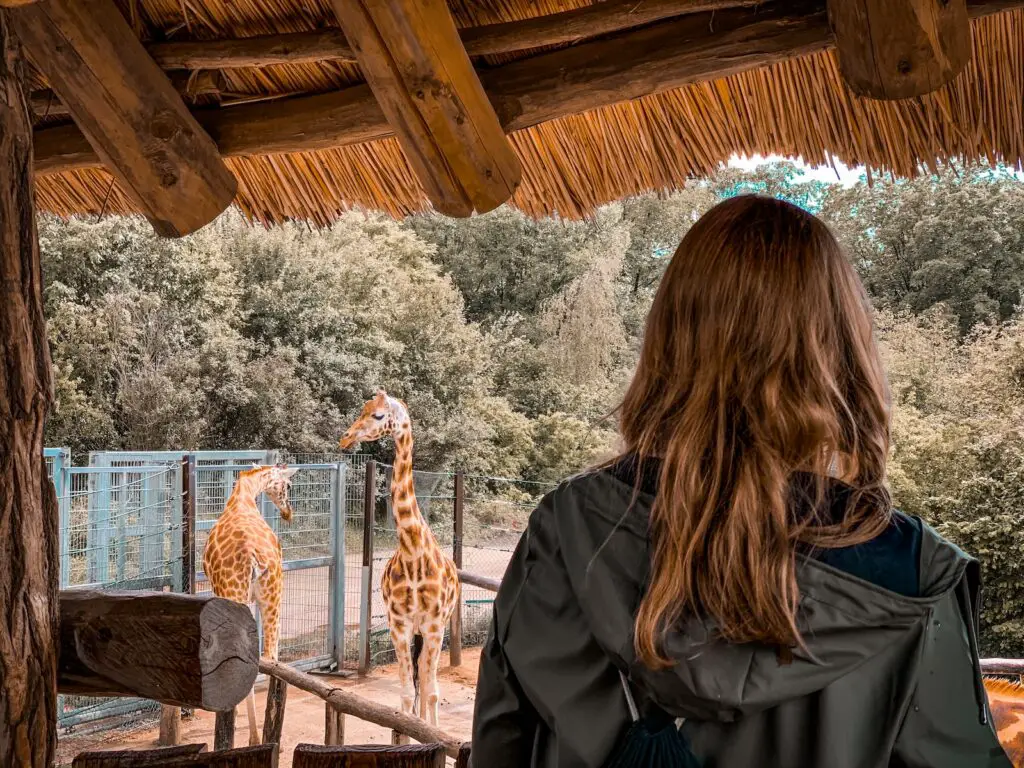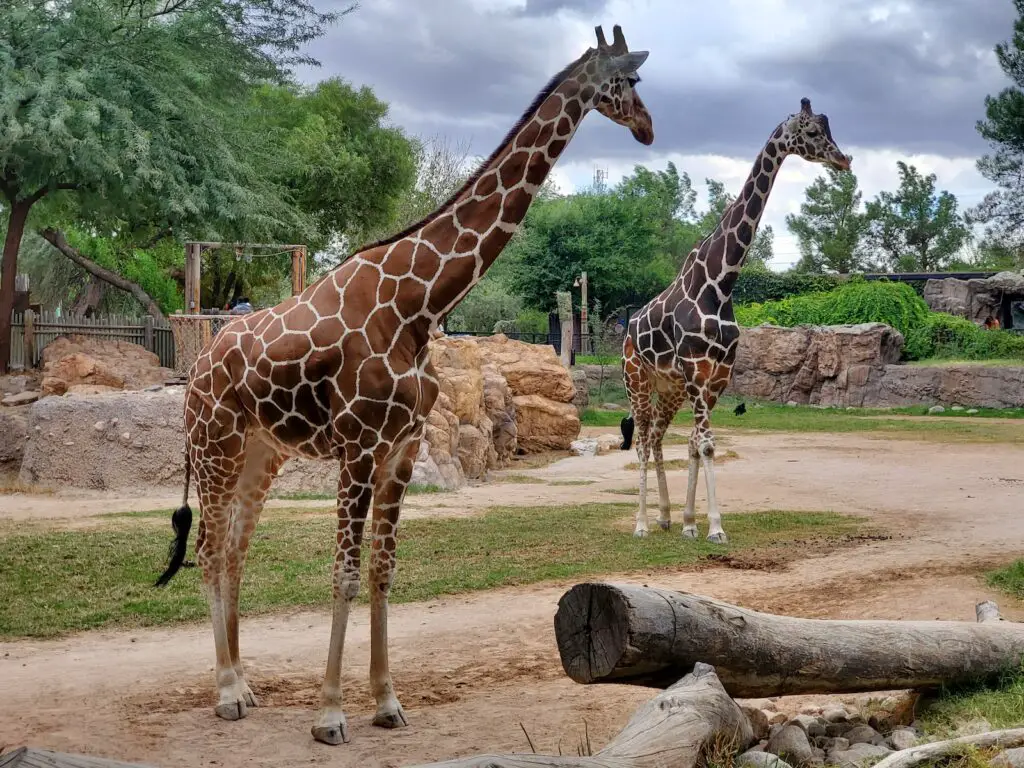Cryptozoology is the study of undiscovered or mythical creatures, often considered to be outside the realm of mainstream zoology. To become a cryptozoologist, gain knowledge through research and study and seek out practical experience in the field.
If you have a passion for investigating cryptids, such as Bigfoot or the Loch Ness Monster, becoming a cryptozoologist could be an intriguing career path. While there are no official educational programs or degrees specifically for cryptozoology, there are steps you can take to embark on this unique journey.
This article will provide you with the information and guidance you need to pursue a career in cryptozoology. By acquiring knowledge through research, gaining practical field experience, and connecting with like-minded individuals and organizations, you can become a respected cryptozoologist in this exciting and mysterious field.

Understanding Cryptozoology
Cryptozoology, as a discipline, revolves around the study and search for creatures that are yet to be discovered or are presumed extinct. From legendary creatures like Bigfoot and the Loch Ness Monster to lesser-known beings like the Chupacabra and the Yeti, cryptozoology offers an exciting journey into the realm of the unexplained.
Definition of Cryptozoology
Let’s begin by understanding the definition of cryptozoology. Derived from the Greek words “kryptos” meaning hidden and “zoology” meaning the study of animals, cryptozoology is essentially the science of hidden creatures. It is an interdisciplinary field that combines elements of biology, anthropology, folklore, and even skepticism to investigate reports, myths, and evidence related to cryptids, which are creatures whose existence remains unproven.
Fascination with Hidden Creatures
The fascination with hidden creatures is deeply rooted in human nature. Throughout history, accounts of strange and mysterious creatures have captured our imagination and piqued our curiosity. Legends and folklore have passed down tales of enigmatic beings that roam the forests, lakes, and mountains, fueling our desire to uncover their existence.
While skeptics may dismiss these tales as mere mythology or superstition, cryptozoologists approach these reports with a scientific mindset, aiming to bring credibility to the search for these elusive creatures. By investigating eyewitness accounts, analyzing photographic and video evidence, and conducting field research, they strive to shed light on the existence of cryptids.
As a cryptozoologist, you will embark on a captivating quest to uncover the truth behind these hidden creatures. It requires unwavering determination, an open mind, and a genuine passion for unraveling the mysteries that lie beyond the realms of conventional zoology.

Education and Training
To become a successful cryptozoologist, it is crucial to have a solid educational background and extensive training in various disciplines. Cryptozoology requires a multidisciplinary approach, combining knowledge from biology, zoology, ethology, anthropology, and hands-on field experience. Let’s take a closer look at the key components of education and training necessary for aspiring cryptozoologists.
Biology and Zoology
Biology and zoology form the foundation of understanding the anatomy, physiology, behaviors, and classifications of animals. A thorough understanding of these subjects is essential for cryptozoologists to be able to study and identify elusive and unknown species.
In biology, an aspiring cryptozoologist should focus on areas such as ecology, evolution, genetics, and taxonomy. This knowledge helps in identifying patterns, analyzing habitats, and classifying potential cryptozoological creatures. The employment of scientific methodologies enables cryptozoologists to differentiate between misinterpreted ordinary animals and truly unknown or cryptic species.
In the field of zoology, understanding animal diversity, animal behavior, and ecological adaptations is crucial. Familiarity with various animal species provides a reference point when seeking evidence for the existence of cryptids.
Ethology and Anthropology
Ethology, the study of animal behavior, is an important discipline for aspiring cryptozoologists. Observing and interpreting the behaviors and interactions of animals can provide valuable insights into their existence and habits. It helps in deciphering potential cryptid behaviors, mating rituals, territory establishment, and other vital aspects of their lives.
Anthropology also plays a significant role in the study of cryptozoology. Understanding human cultures, folklore, and indigenous knowledge can help identify potential cryptid sightings, legends, and reports. Engaging with the local communities and indigenous populations that have coexisted with cryptids can provide valuable information and eyewitness accounts.
Field Experience and Expeditions
No education or theoretical knowledge can substitute for hands-on field experience. Cryptozoologists need to spend time in the wild, exploring diverse ecosystems, studying animal tracks, and observing animal behaviors. This field experience trains the eye to detect potential cryptids, recognize unusual patterns, and gather evidence.
Participating in field expeditions led by experienced researchers provides invaluable mentorship, guidance, and opportunities to learn advanced field techniques. Learning tracks and signs, setting up camera traps, analyzing audio recordings, and conducting systematic surveys are vital skills that can only be gained through practical experience.
Cryptozoologists should document their findings and record data meticulously, ensuring they follow scientific protocols. This helps in analyzing data and presenting well-documented evidence to the scientific community.
Tools and Techniques
Camera Traps and Remote Sensing
Camera traps and remote sensing have revolutionized the way cryptozoologists conduct their research. These tools allow us to capture visual evidence of creatures that were once shrouded in myth and folklore. Camera traps can be strategically placed in areas where sightings or signs of cryptids have been reported.
These devices are equipped with motion sensors and high-resolution cameras, enabling the capture of images and videos when triggered. Utilizing remote sensing techniques, like satellite imagery or aerial drones, further enhances our ability to cover vast terrains and access remote locations that are otherwise difficult to reach.
Audio Recorders and Bioacoustics
Sound plays a crucial role in cryptozoological research, and audio recorders are invaluable tools for capturing elusive vocalizations and calls of undiscovered creatures. By studying these recorded sounds, scientists can analyze the distinct patterns, frequencies, and complexity of cryptid vocalizations.
This field, known as bioacoustics, helps in the identification, classification, and even potential communication with these mythical beings. By carefully interpreting the recorded audio, cryptozoologists can gain valuable insights into the behavior, habitat, and potential interactions of these hidden creatures.
Footprints and Scat Analysis
Footprints and scat left behind by cryptids in their natural habitats offer valuable clues to their existence. The examination of footprints, known as track casting, involves creating detailed imprints and documenting their size, shape, and stride. This data helps researchers determine the creature’s weight, gait, and even its potential species.
Similarly, scat analysis provides a wealth of information regarding the diet, health, and genetic markers of cryptids. Advanced techniques, such as DNA analysis, can be applied to scat samples, offering potential insight into their evolutionary lineage and relationships with known species.
Final Words
Becoming a cryptozoologist entails embarking on a thrilling adventure into the unknown, with a deep passion for discovery. By following the steps outlined in this guide, you can set yourself on the right path to becoming a successful cryptozoologist. Remember to always stay curious, conduct thorough research, and connect with fellow enthusiasts.
Embrace the mysteries of the cryptid world and become a part of a fascinating community dedicated to unraveling the secrets of elusive creatures. Happy cryptozoology journey!
